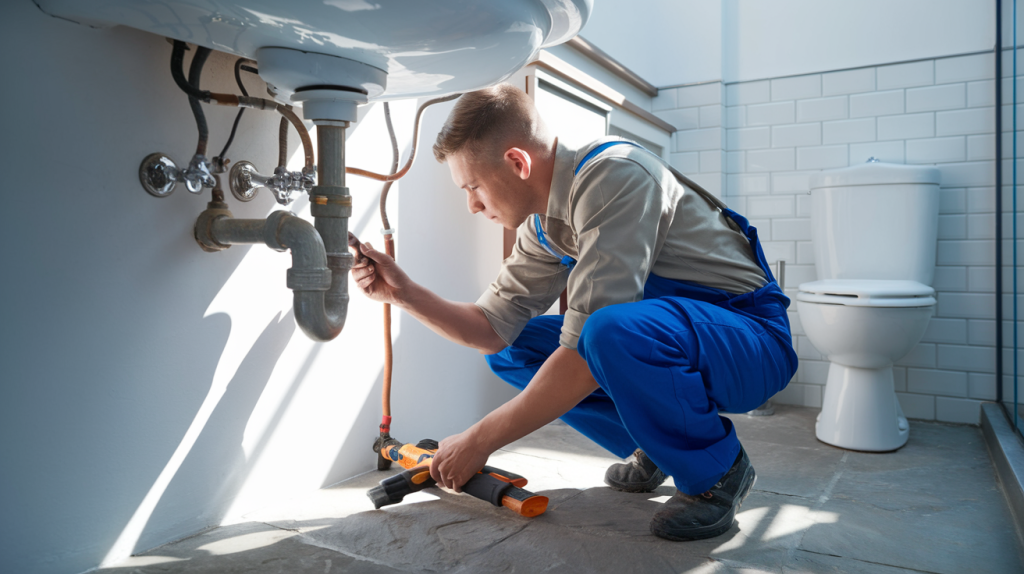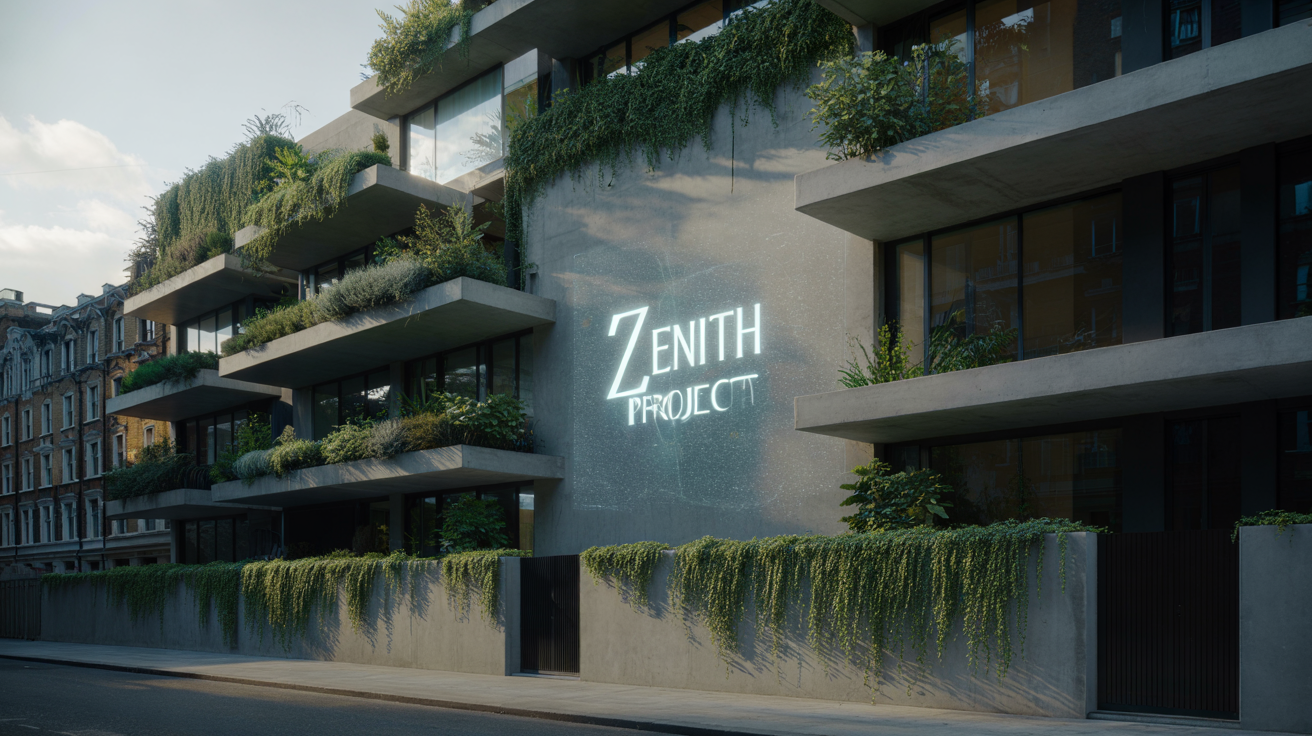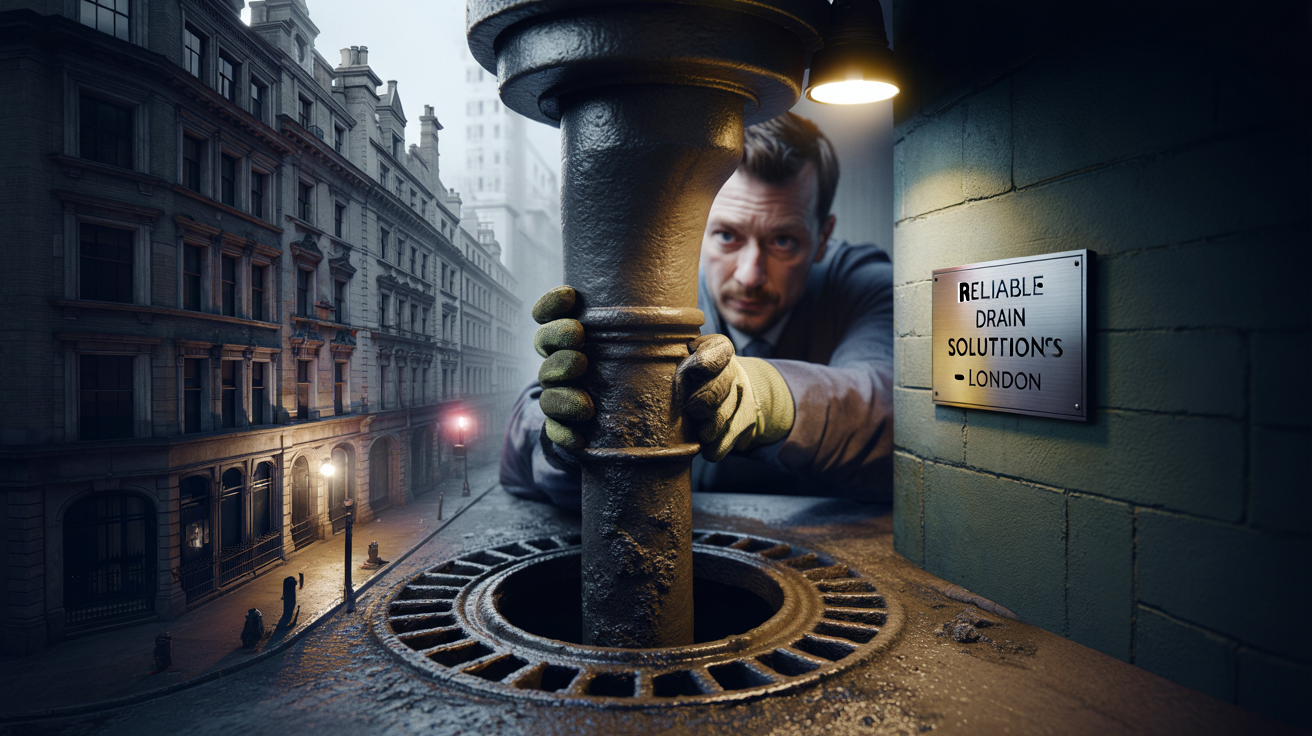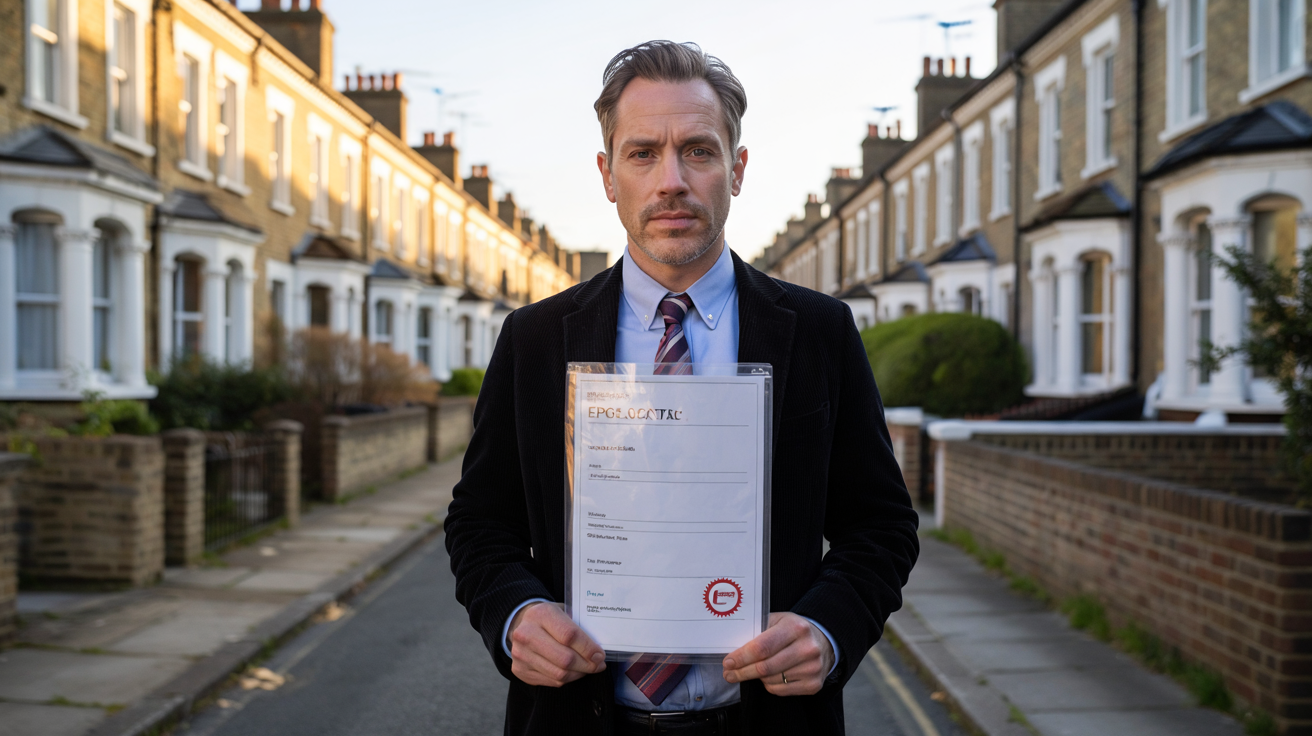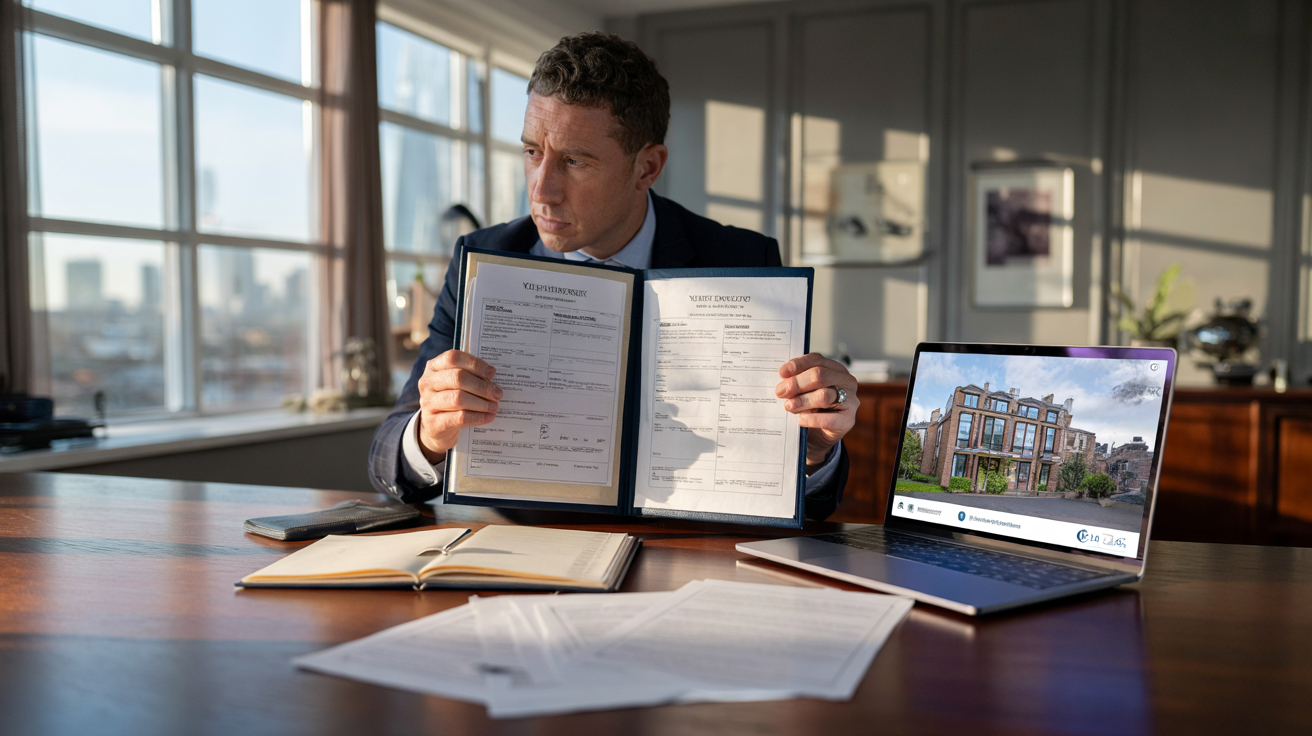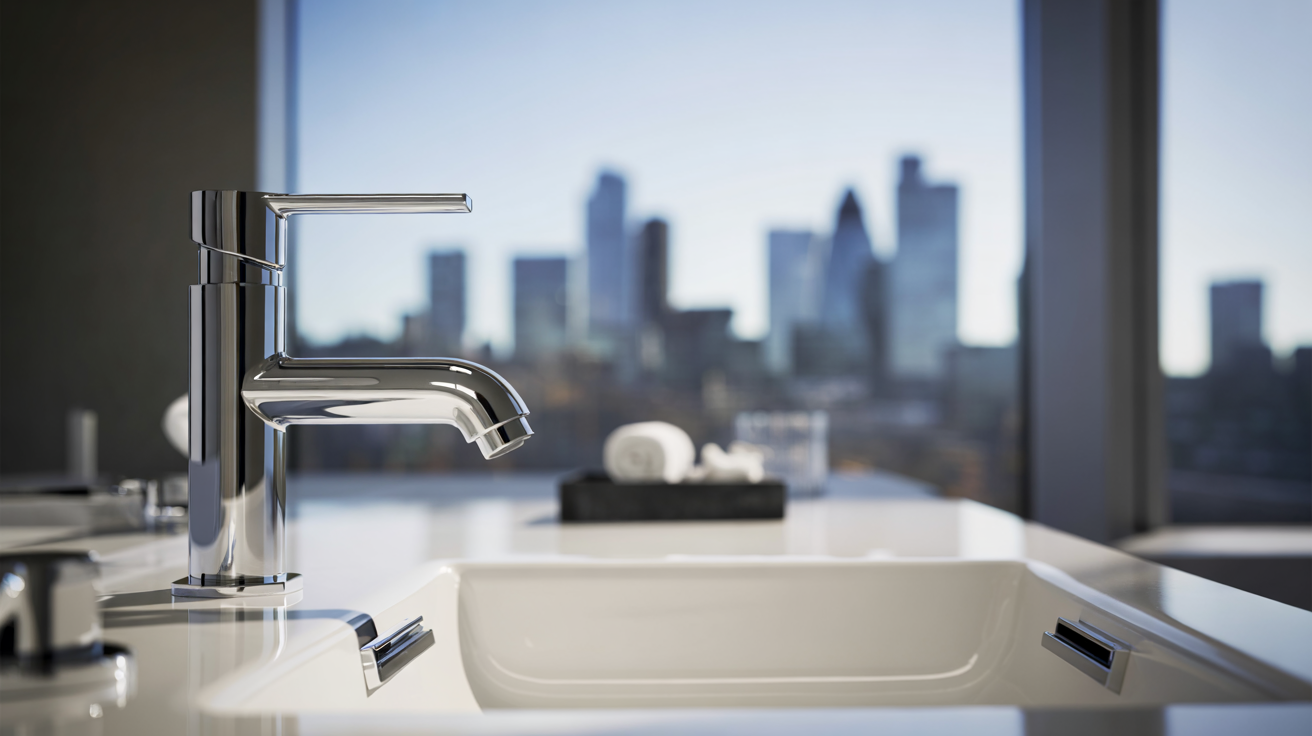Understanding Common Plumbing Mistakes: Why Small Errors Lead to Big Problems
Many property owners unknowingly create plumbing pitfalls that result in expensive repairs. These mistakes may seem minor, but over time, they can develop into major plumbing issues. Whether it’s a slow leak or an improperly installed fixture, small errors often go unnoticed until they cause significant damage.
One of the most common plumbing mistakes is using the wrong pipe material. Homeowners attempting DIY repairs may install pipes that aren’t compatible with their plumbing system. This can lead to corrosion, leaks, and even burst pipes. When in doubt, consult a professional to avoid making costly plumbing errors.
Ignoring small leaks is another frequent oversight. A dripping faucet or a minor pipe leak may not seem urgent, but over time, they increase water bills and cause structural damage. Unchecked leaks also contribute to mold growth, which can create health risks. Regular inspections help in preventing plumbing problems before they escalate.
Improper use of chemical drain cleaners is another problem. Many homeowners rely on these products to clear clogs, but harsh chemicals damage pipes over time. They eat away at plumbing materials, leading to costly replacements. Instead, opt for natural alternatives or call a plumber to address persistent clogs.
Here are some other frequent plumbing maintenance mistakes that property owners make:
- Over-tightening connections, which weakens fittings and leads to cracks.
- Flushing non-biodegradable items down the toilet, causing severe blockages.
- Ignoring water pressure issues, which can indicate hidden leaks or failing pipes.
Recognizing these common plumbing repair mistakes can save homeowners and commercial property managers from expensive repairs in the future. Routine maintenance and professional inspections ensure a plumbing system remains efficient and problem-free.
Up next, we’ll explore overlooked plumbing maintenance mistakes and how they silently contribute to costly repairs.

Overlooked Plumbing Maintenance Mistakes That Cause Costly Repairs
Many plumbing pitfalls stem from maintenance tasks that property owners either forget or underestimate. These overlooked issues weaken plumbing systems, leading to expensive damage over time. Being proactive with maintenance can prevent common plumbing problems and extend the lifespan of pipes and fixtures.
One major mistake is neglecting water heater maintenance. Failing to flush out sediment buildup reduces efficiency and shortens the unit’s lifespan. Regular flushing and inspections can prevent unexpected breakdowns.
Ignoring slow drains is another overlooked issue. Many assume a slow drain is harmless, but it often signals deeper plumbing issues. A clogged pipe left untreated can lead to backups, broken seals, and water damage.
Many homeowners also overlook minor pipe leaks. Small drips may not seem urgent, but they contribute to mold growth, structural damage, and increased water bills. Regular inspections help in preventing plumbing problems before they worsen.
Another critical maintenance lapse is failing to check for hidden leaks. Undetected leaks behind walls or under floors waste water and weaken building materials. Watch for signs like water stains, musty odors, or unexpected spikes in your water bill.
Here are a few additional common plumbing repair mistakes to avoid:
- Overlooking pipe insulation in colder months, leading to frozen and burst pipes.
- Failing to test water pressure, which can indicate hidden leaks or failing fixtures.
- Using outdated pipes that corrode over time, increasing the chance of sudden failures.
Proper maintenance reduces the risk of costly repairs and keeps plumbing systems functioning smoothly. However, even with diligent care, some plumbing code violations go unnoticed, leading to legal and structural hazards. Let’s explore how to identify and avoid those risks.
Hidden Plumbing Code Violations: Avoiding Legal and Structural Hazards

Many property owners unknowingly commit plumbing code violations that can lead to structural damage and costly fines. These errors often occur during DIY projects or when using unlicensed contractors unfamiliar with local regulations. Over time, poorly installed plumbing can cause leaks, water damage, and even health hazards.
One common mistake is improper pipe venting. A venting system removes sewer gases and maintains proper drainage flow. Without correct venting, you may experience slow drains, foul odors, or even toxic gas buildup. Property owners should always consult professionals to ensure compliance.
Incorrect pipe sizing is another frequent violation. Pipes that are too small restrict water flow, leading to pressure issues and potential pipe bursts. In commercial settings, improper sizing can disrupt entire plumbing systems, resulting in expensive repairs.
Using non-compliant materials is another overlooked issue. Some older homes still have outdated lead pipes, which pose health risks. Newer installations may use subpar materials that corrode or leak over time. Ensuring all materials meet safety standards prevents long-term plumbing problems.
To avoid these violations, property owners should:
- Check local building codes before any major plumbing work.
- Hire licensed professionals for repairs and installations.
- Schedule regular plumbing inspections to identify issues early.
Citywide Maintenance Solutions ensures that all installations and repairs comply with safety regulations. Our certified professionals help property owners avoid bad plumbing practices that lead to legal and structural troubles.
Many issues arise when people attempt fixes without the right expertise. Next, we’ll explore how DIY plumbing disasters often create bigger problems than they solve.
DIY Plumbing Disasters: When Trying to Fix It Creates Bigger Issues
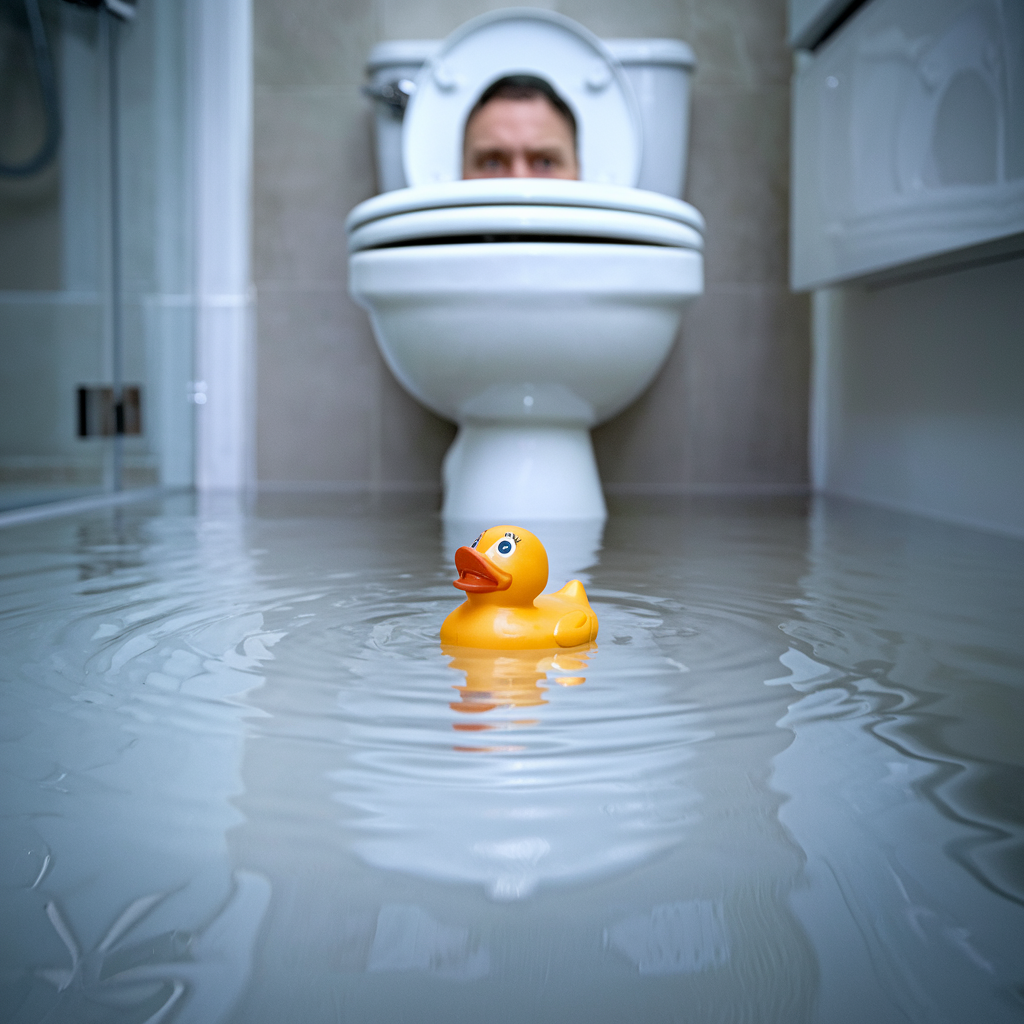
Many homeowners attempt to fix plumbing issues themselves to save money. Unfortunately, DIY repairs often lead to bigger and more expensive problems. Without the right skills and tools, small mistakes can result in major plumbing problems.
One of the most damaging DIY plumbing disasters is over-tightening fittings. It may seem like a secure connection, but too much force weakens the material. Over time, this can cause cracks, leaks, and water damage.
Another common mistake is using the wrong sealants. Many hardware store products might appear to stop leaks, but they often fail under high water pressure. This can lead to hidden damage that only becomes noticeable when a pipe bursts.
Misuse of drain cleaners is another risky habit. While chemical cleaners may clear blockages temporarily, they corrode pipes and increase the likelihood of leaks. Persistent clogs should be handled by a professional to avoid long-term plumbing maintenance mistakes.
Here are other frequent plumbing errors made in DIY repairs:
- Forgetting to turn off the water before making repairs, leading to flooding.
- Using mismatched pipe materials, causing corrosion and early failure.
- Improperly installing toilets, leading to leaks and structural damage.
To prevent these costly problems, homeowners should call a licensed professional when dealing with anything beyond minor repairs. Skilled plumbers ensure compliance with regulations and prevent future emergencies.
Whether in residential or commercial settings, poorly executed repairs create unnecessary risks. Next, we’ll discuss plumbing pitfalls found in homes and businesses and how to address them before they lead to major damage.
Plumbing Pitfalls in Homes and Businesses: Identifying Unique Risks
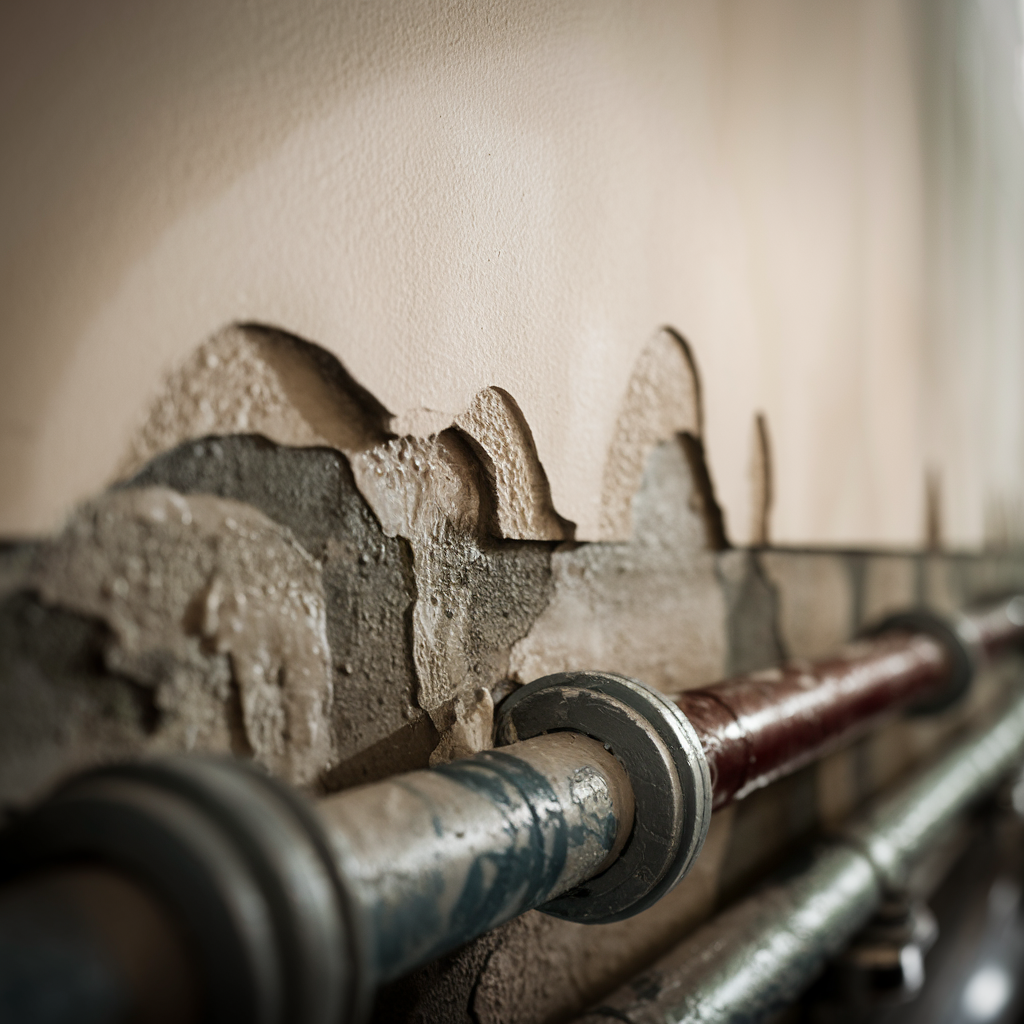
Residential and commercial properties face different plumbing problems, but both can suffer from costly damage if overlooked. Homeowners often deal with clogged drains and leaking fixtures, while businesses risk major disruptions from pipe failures and water pressure issues. Each setting requires specific maintenance to avoid expensive repairs.
In homes, outdated plumbing systems pose a hidden threat. Old pipes corrode over time, leading to leaks that weaken walls and floors. Ignoring minor issues like slow drains or inconsistent water pressure can result in emergency repairs.
Commercial buildings experience high water usage, making them more vulnerable to plumbing issues. Failing to maintain water heaters, drain lines, and backflow prevention systems can lead to costly downtime. Businesses also face strict compliance requirements, and plumbing code violations can result in fines and forced repairs.
Here are specific plumbing pitfalls for each type of property:
- Homes: Hidden pipe leaks, improper fixture installations, and neglected maintenance.
- Businesses: High-volume drain blockages, fluctuating water pressure, and failing commercial-grade plumbing components.
A proactive approach prevents these plumbing maintenance mistakes. Routine inspections help detect small leaks before they escalate. Businesses should schedule professional maintenance to ensure compliance and prevent sudden failures.
Ignoring these risks leads to high repair costs and property damage. Citywide Maintenance Solutions offers expert services to help homeowners and businesses maintain efficient plumbing systems. Regular check-ups and repairs keep everything running smoothly.
Next, we’ll explore essential steps for preventing plumbing problems and long-term efficiency to reduce unexpected expenses.
Preventing Plumbing Problems: Smart Strategies for Long-Term Efficiency
Addressing plumbing problems before they escalate saves property owners from expensive repairs. Many issues result from neglect, poor maintenance, or improper installations. A proactive approach ensures systems function efficiently and last longer.
Regular inspections help detect hidden leaks, worn-out seals, and minor plumbing issues before they cause water damage. Checking pipes, fittings, and water pressure prevents unexpected failures. Property owners should schedule routine check-ups with a professional to maintain efficiency.
Preventative steps for avoiding costly plumbing errors include:
- Cleaning drains monthly to prevent blockages and buildup.
- Checking for hidden leaks by monitoring water bills and looking for damp spots.
- Maintaining water heaters by flushing out sediment to improve efficiency.
- Ensuring pipes are properly insulated to prevent freezing in winter.
Ignoring maintenance leads to major plumbing maintenance mistakes, such as burst pipes and backed-up drains. Businesses should implement scheduled maintenance programs to prevent downtime due to commercial plumbing mistakes.
Smart technology, like leak detection sensors and automated shut-off valves, helps in plumbing emergency prevention. These systems provide early warnings of potential failures, reducing damage risks.
Choosing a qualified professional ensures compliance with safety standards and avoids plumbing code violations. Hiring experts prevents common home plumbing mistakes and ensures long-term reliability.
By being proactive, property owners reduce unexpected expenses and maintain functional plumbing systems. A well-maintained system enhances efficiency, prevents costly repairs, and ensures long-term property value.

